(by Joe Chelliah)
Seremban as we know it today was
not always like what it is today both in physical form as well as in population
demographics. This is also true of
almost all Malaysian towns in the west coast of peninsular Malaya and more so
of those that have a tin mining historical past. These towns saw better development of infrastructure in line with the economic needs of the time. Only the roads in Seremban remain with mostly
changed names supposedly displaying a more Malaysian identity. The prominent roads had names like Birch
Road, Paul Street, Wilkinson Street, Cameron Street, Channer Road, Carew
Street, Dunman Road and so on.
The “dulang” was used to scoop earth mixed with
water and by careful swirling the mud was swept away and the heavier tin ore
remained. This is not surprising as
Seremban began mainly as a Chinese dominated tin-mining entity. The huge number
of man-made lakes to be found around Seremban even today bears testimony to
this assertion. Many smaller lakes nearer
to town have been covered up and houses built on them. Some had been converted to lake gardens by
the British, a Britsh legacy in towns with a mining past like Kuala Lumpur, Taiping and Ipoh.
The Seremban market was
almost entirely run by Chinese with some Indian Muslims selling mainly mutton or
beef. There were also exotic animals that
were easily available to suit the prevalent Chinese tastes of the time –
tortoises, snakes, iguanas and what not. The Chinese had so many secret
societies – 03, 04, 08, 18 Immortals, Long Foo Thong etc.
These people mainly provided protection for the business community
and often had gang fights for territorial control.
They also ran brothels and massage parlors and illegal lotteries. Needless to say, there were opium dens and
illicit samsu sales too that were done in the back lanes which was essentially
a Chinese social problem of the times. Mahjong
was their popular game. Very few Chinese
worked in government jobs although some educated ones worked as teachers and
also in the police force, especially in the special branch which helped combat the communist insurgency. A handful of Chinese also did a very important
social service at the town council which no other community wanted to do – the job
of a “night-soil” collector – a highly paid job too. The human waste was collected at night and “distributed”
/ sold to the surrounding vegetable farms as manure. The rest was just dumped
into the Sungai Linggi.
The Sermban Lake Gardens
Malay presence in Seremban was
somewhat very restricted to the few small Malay kampong areas that surrounded the
town essentially in Ampangan and Rasah areas mainly.
Most Malays in Seremban at the time were from the police force and lived
in quarters provided for them. Others
were in the Malay Civil Service as district officers and clerks or
technicians. Unlike today, the three
army camps in Rasah, Paroi and Sikamat were populated by British troops
including Gurkhas at the Sikamat Camp.
Of course today these camps have been taken over by the Malay dominated
military. Even as late as the early 1960’s,
there was not a single Malay eating shop in town. I remember there were only two in the mid-60’s
– Kak Yan Restaurant and another beside the Plaza theatre. Earlier on, the Muslims could only eat at one
or two public Muslim restaurants run by Malabaris ( Indian Muslims from Malabar
in Kerala) such as Ally's Cafe. Other than that, there was
row of Indian Muslim (we wrongly call them mamaks now) mee goring and rojak
stalls in the lane beside the Rex theatre which was a popular venue for Malay
and Tamil movies. There were only two
mosques in Seremban at the time and that too were built by the Indian Muslim community
– one in town and another in Rahang.
A Malabari Stall
Besides the Chinese and the
Malays , Seremban also had a significant
number of Indians of different Indian ethnicity too which significantly added
to the non-Malay segments of the Seremban population. One such group dominated mostly all the civil
service, railways and utility boards.
These were the more English educated Ceylon (Sri Lankan) Tamils who held
almost all the middle-management and supervisory posts in all the government
departments. The lesser educated Tamils
manned the public works departments and worked mostly as laborers or lower
posts like peons at the Public Woks Dept. (PWD), Telecoms, Electricity Boards
and Town Council. These folks were
housed in laborer quarters in Lobak. Of
course there were exceptions to the rule. The Indian Muslims also traded in
groceries and the food business.
Sri Bala Thandayuthapani Temple today
Then there was a small Pakistani
and Punjabi community too in Seremban which comprised of mostly retired
policemen. The Punjabi community also had some
wealthy businessmen who owned mostly transport companies running lorries and many
of the bus companies too – Utam Singh, Seremban Town Bus Service, Ganasan and so on. One of the bus company bosses even drove a
Buick car with the number plate NA 1.
But the bulk of the ex-policemen worked very hard as watchmen at night
while by day the reared cows, drove bullock-carts, sold cow-dung as manure
besides being the sole source of fresh cows’ milk. This community was extremely frugal but
placed heavy emphasis on education and sent their children to study medicine mostly
and also law. Today there is a kampong in Seremban named Kampong Singh.
There was another prominent community in Seremban in the 60's - the Portuguese Eurasians. Most of them lived in Temiang and also at the government quarters in Rahang Square, Melaka Road, Hill Road and Bland Road. There were so many of them at the time especially in the government services. This group played a significantly disproportionate role in the fields of sports and music at the time in Seremban. Many excelled in hockey and even became national coaches. In music this community produced quite a few family bands - The Woodens, The Sparklers, The Monotones, The Starlings and the Danker family had many drummers. Understandably, the boys attended St. Paul's Institution and the girls where else but The Convent. There were many Eurasian families too - the Sta Marias, Van Geyzels, Lazaruses, Van Huizens, Hoseys, Dankers, Valens, Especkermans, Freemans, Henderofs, Jacksons, Woodens, De Mellos, Nonis, Sequerahs, etc. Many from this community migrated to UK too in the 60's..
National coach - Peter Van Huizen
There was another prominent community in Seremban in the 60's - the Portuguese Eurasians. Most of them lived in Temiang and also at the government quarters in Rahang Square, Melaka Road, Hill Road and Bland Road. There were so many of them at the time especially in the government services. This group played a significantly disproportionate role in the fields of sports and music at the time in Seremban. Many excelled in hockey and even became national coaches. In music this community produced quite a few family bands - The Woodens, The Sparklers, The Monotones, The Starlings and the Danker family had many drummers. Understandably, the boys attended St. Paul's Institution and the girls where else but The Convent. There were many Eurasian families too - the Sta Marias, Van Geyzels, Lazaruses, Van Huizens, Hoseys, Dankers, Valens, Especkermans, Freemans, Henderofs, Jacksons, Woodens, De Mellos, Nonis, Sequerahs, etc. Many from this community migrated to UK too in the 60's..
That in a nutshell is how I
personally witnessed the kaleidoscope of Seremban through my personal
observation and experiences in Seremban since 1955 till now.










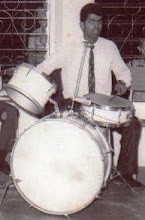

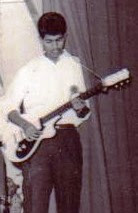


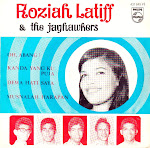



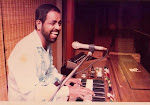

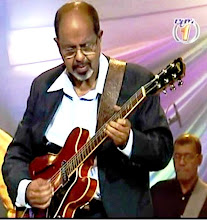


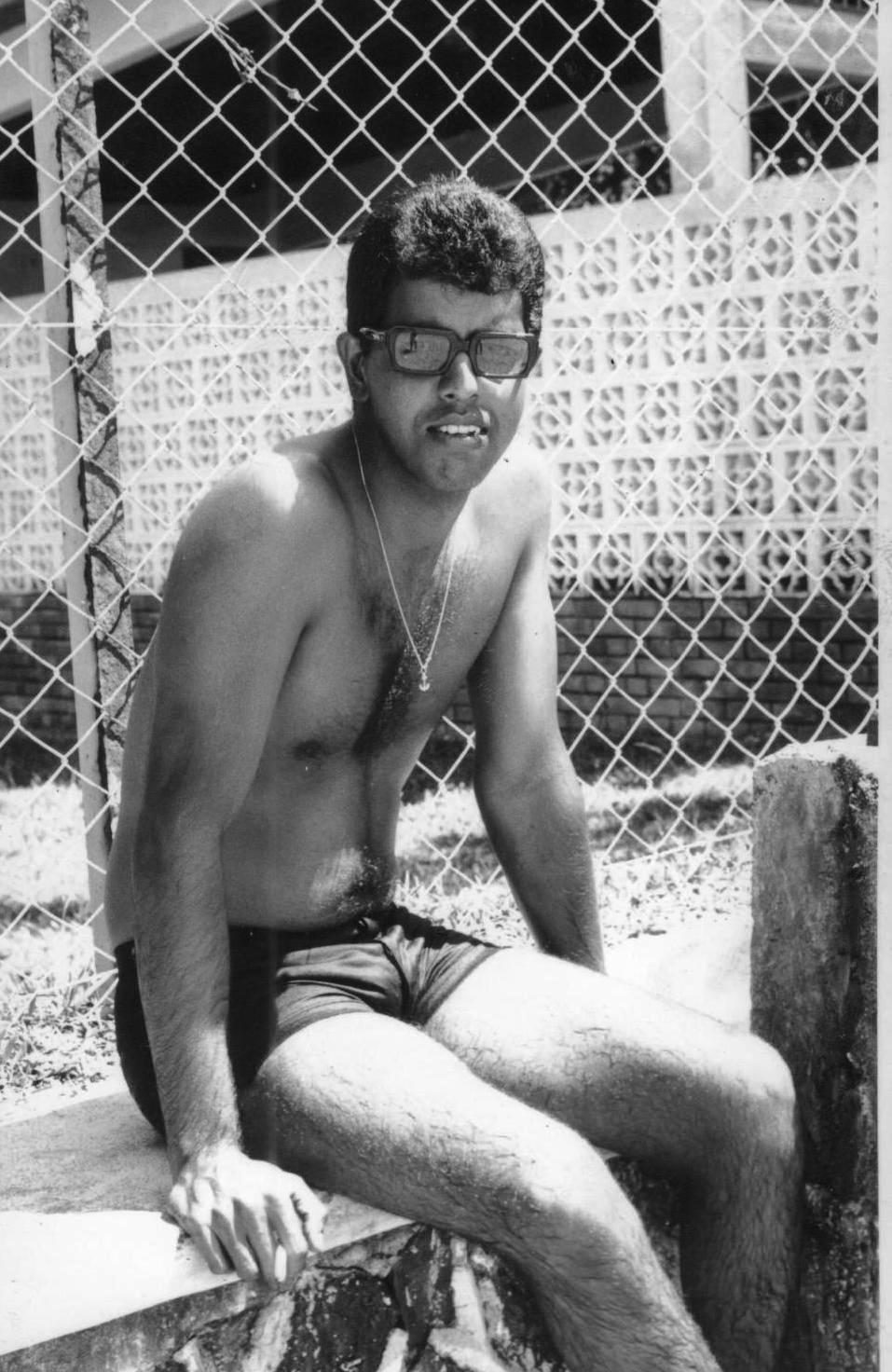
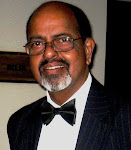


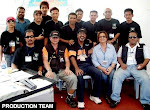
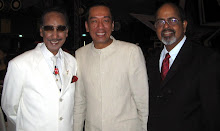

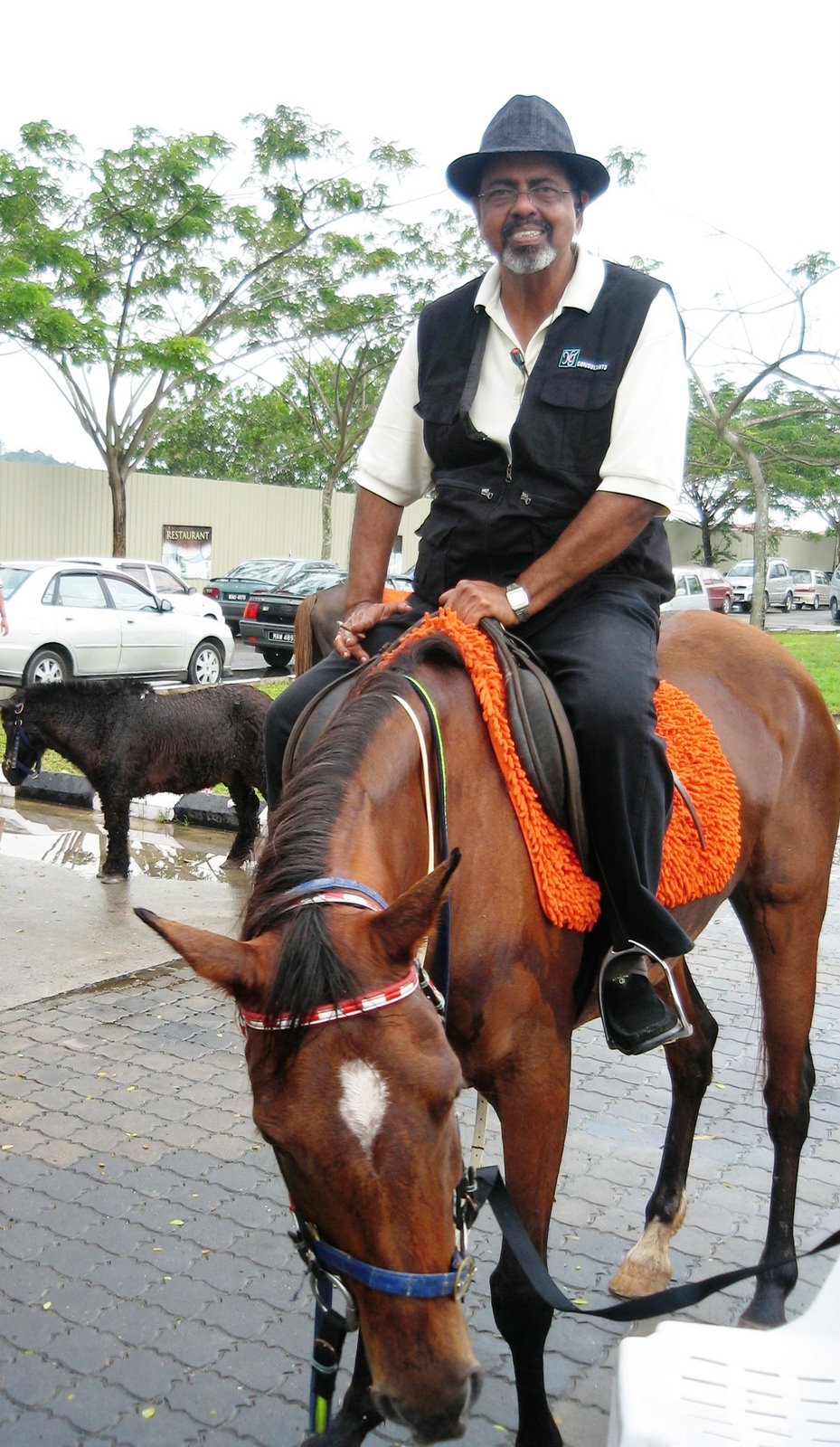







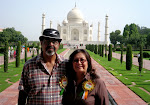



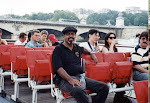

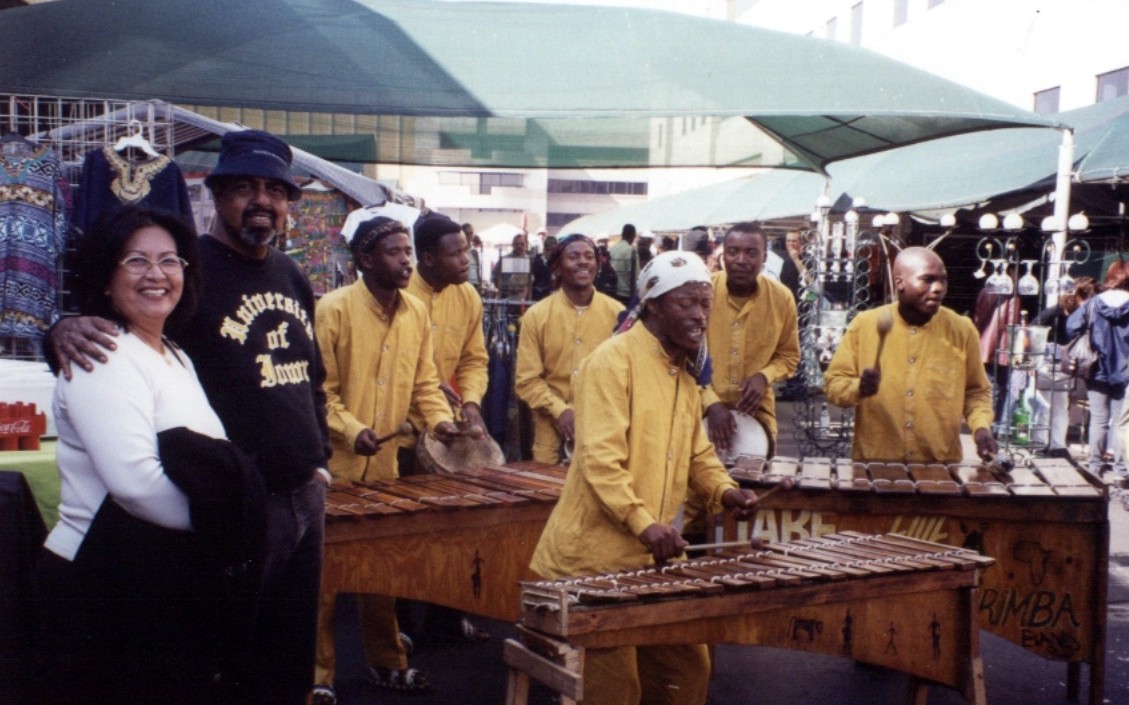

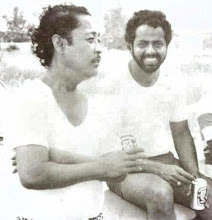
1 comment:
Nice article
Post a Comment